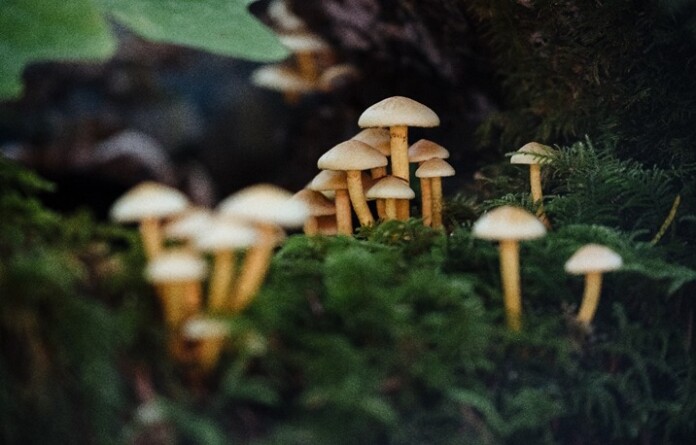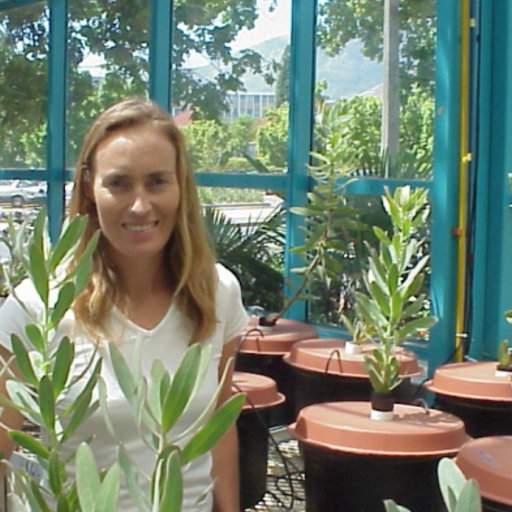In a ground-breaking revelation, researchers have uncovered the potential of fungi to fight climate crisis. We need to focus on protecting and growing more fungi networks and not focus only on growing forest cover for sequestring carbon
A new study published in Current Biology found that fungi consume over a third of the world’s annual fossil fuel emissions, equivalent to offsetting the yearly carbon pollution from China, the world’s largest carbon emitter.
Fungi, often associated with their fruiting bodies like mushrooms, are sprawling organisms that reside beneath the surface. These unique life forms, more similar to animals than plants, form symbiotic relationships with plants. Termed as ‘mycorrhizal fungi’, these organisms have been providing plants with mineral nutrients in exchange for sugars for nearly half a billion years. The sugars, derived from carbon dioxide by plants, essentially make fungi a growing ‘carbon bank’.
It is estimated that globally, the world’s plants pump approximately 13 gigaton of carbon dioxide into underground fungi each year. Some fungal networks are expansive, such as a giant fungus in Michigan’s Upper Peninsula that sprawls across 37 hectares or 91 acres.
However, these critical subterranean fungal networks face continual disruption due to human activities, including agriculture, mining, and industry. The United Nations last year warned that 90% of the earth’s topsoil could be at risk by 2050. The implications are not only dire for food production but also for climate, as this interference compromises the ability of fungi to act as carbon sinks.
Despite their significant role in carbon sequestration, fungi are often overlooked in favour of more overt conservation efforts, such as forest protection.
Heidi Hawkins, the lead author from the University of Cape Town, noted that our understanding of carbon storage in mushrooms is still limited and requires further research. Fungal structures retain some carbon while they are alive and even after they die, but the stability of this stored carbon is yet to be determined.
This new understanding of the role of fungi in carbon sequestration underscores the need for more focused research and conservation efforts to protect these unsung heroes in the fight against climate change.











